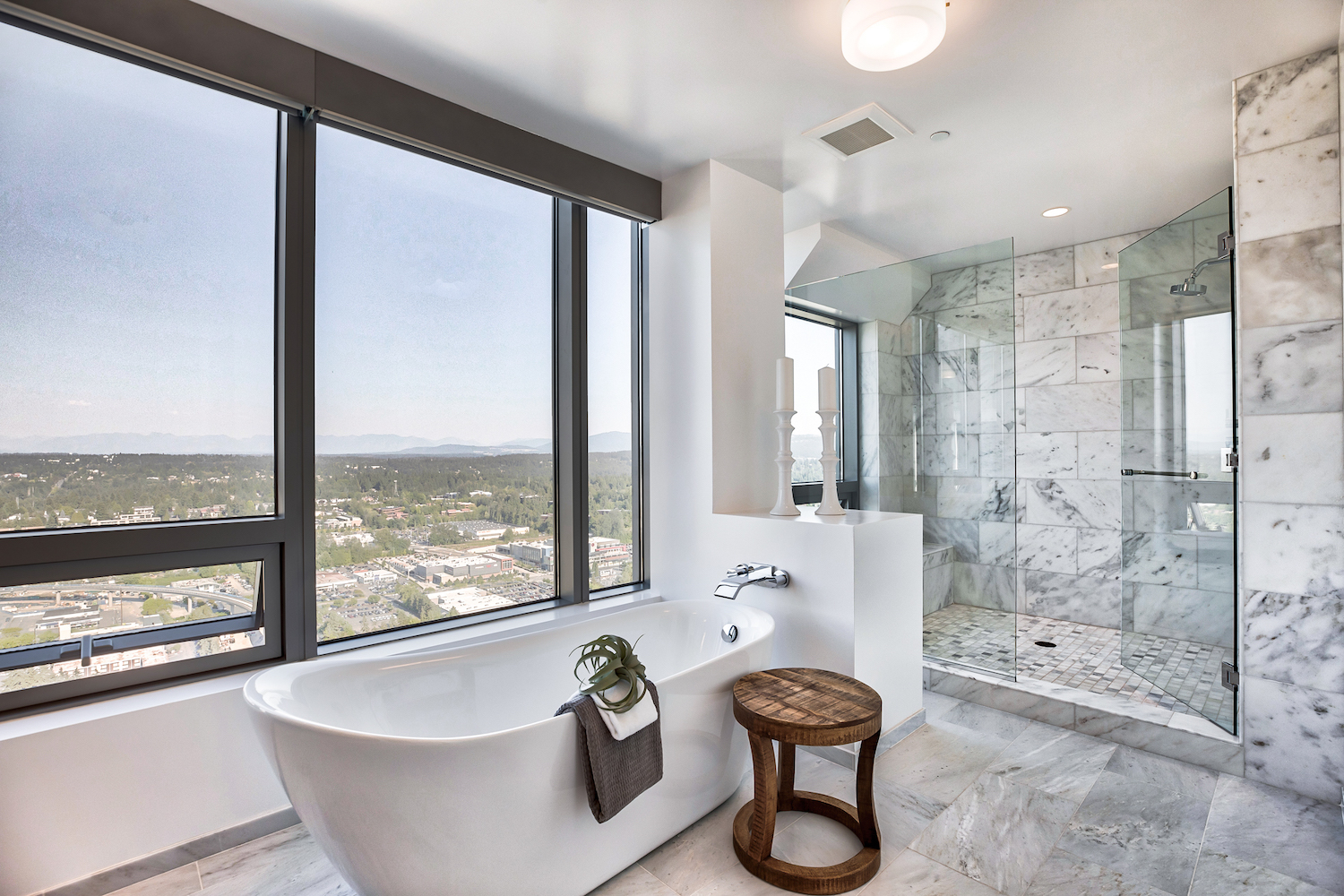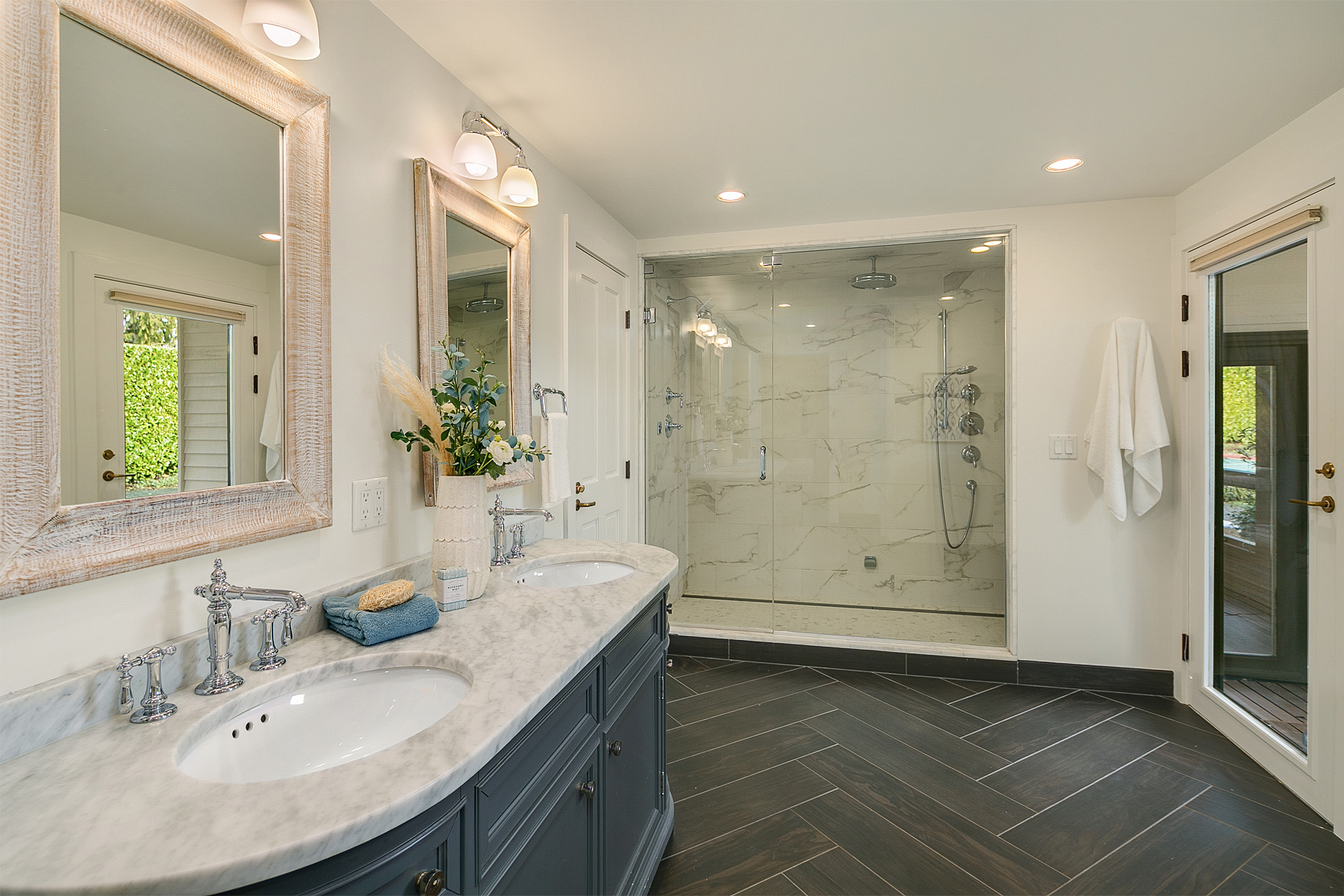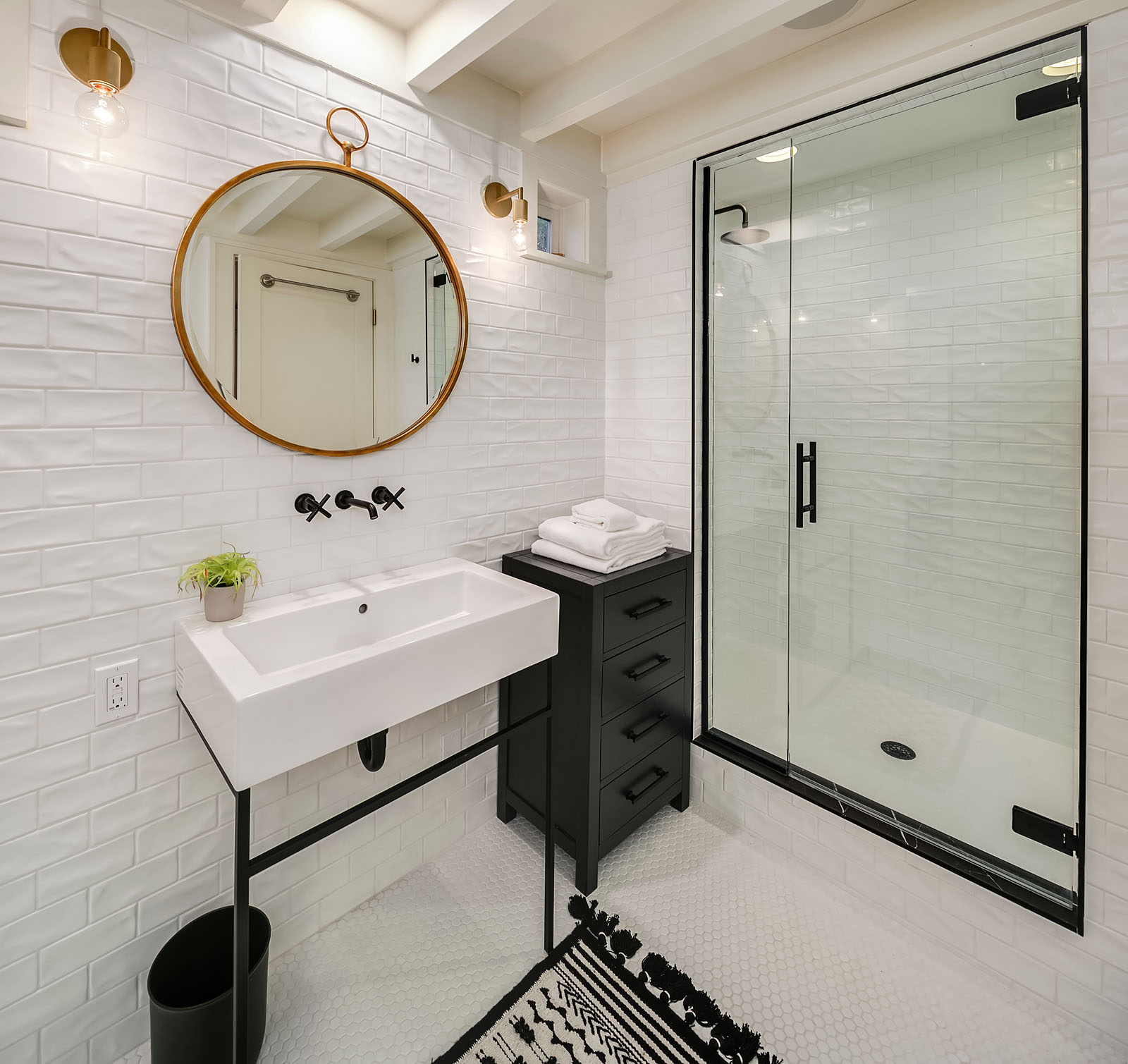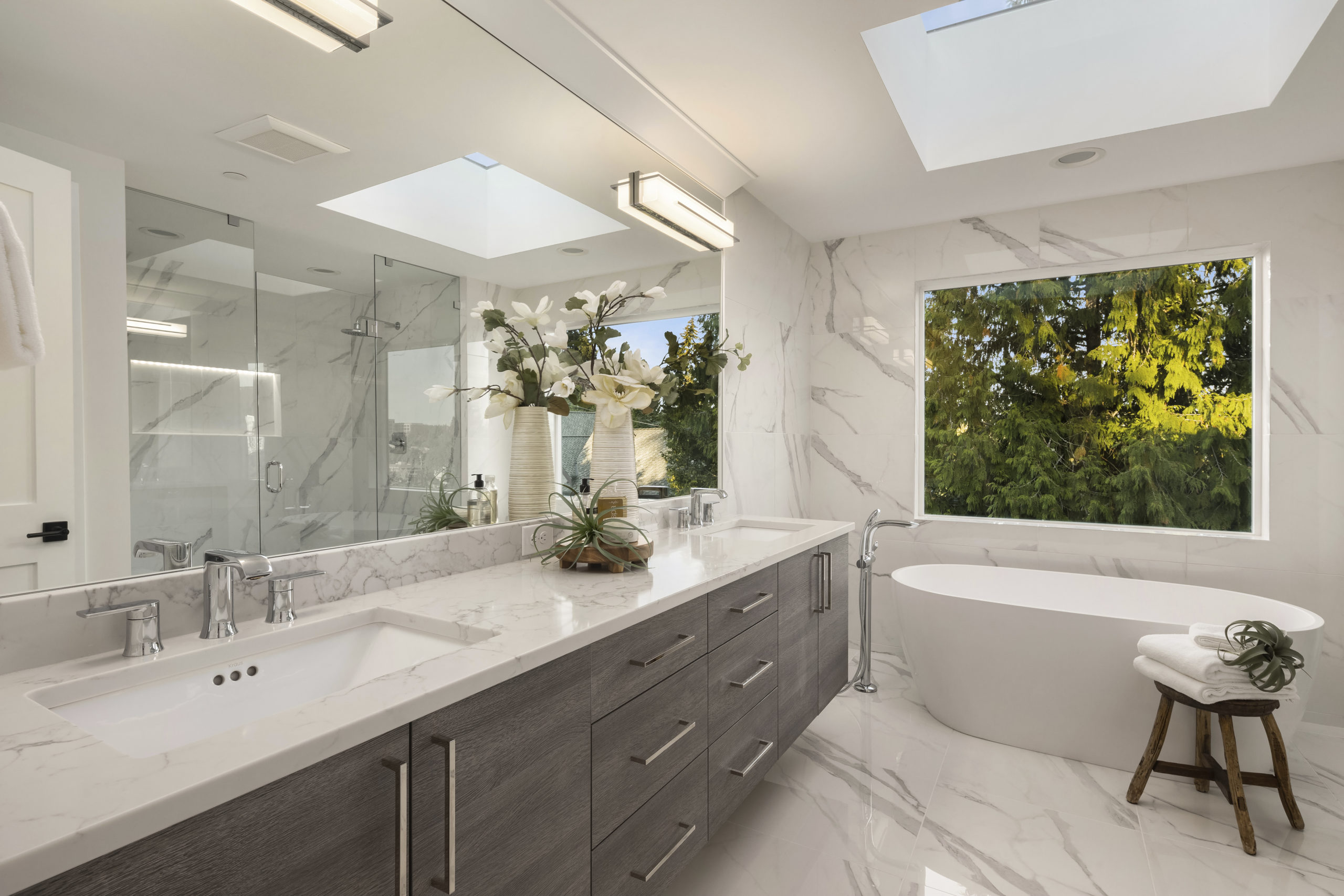If you’re struggling with making the right decisions before your bathroom renovation, you’re not alone. Choosing between bathtub vs. walk-in shower is one of the more important things you’ll need to do. This is a common question among homeowners who are remodeling or building a new bathroom. Both forms have advantages and disadvantages. So, considering these pros and cons should be enough to help you choose.
What do a bathtub and a walk-in shower have in common?
Informing yourself of similarities between bathtubs and walk-in showers is just as important as learning about the differences. If you lack information or want to know more, consider contacting a reliable team of interior designers.
- Various designs
Both bathtubs and walk-in showers are available in many designs. Regular, claw-foot, freestanding (not attached to the wall), soaking (deeper and wider than standard), whirlpool (with built-in jets), and walk-in varieties are all great choices that tubs offer. Showers are available in two variants: stalls with doors or curtains and walk-in showers with no doors or curtains.
- They’re sold in multiple materials
Tubs are available in a variety of materials, ranging from low-cost acrylic to high-end enamel-coated cast iron. Showers are also made from a variety of materials, ranging from fiberglass to expensive natural stone. Whether you’re looking to modernize your home or make a practical move, there are more than enough choices of tub and shower materials.
- There are flow options
Both have options for therapeutic water flow. Showers may be designed with rainfall or waterfall shower heads that emit water in a relaxing manner, whereas whirlpool tubs have built-in jets that release massaging bursts of water into the tub.
Bathtub vs. Walk-in Shower – the differences
Once you look at the similarities between a bathtub and a walk-in shower, it’s easy to get confused. If they’re so similar, why shouldn’t you opt for whichever one’s more convenient at the moment? In truth, there are far more differences between these two options than there are similarities. It would be best if you took the time to thoroughly understand them. It’s the only way you won’t pour your money down the drain, but instead, invest it into the right choice. Here are some benefits as well as shortcomings in both bathtubs and walk-in showers.
Take your budget into consideration
If an essential factor in deciding between bathtub vs. walk-in shower is your budget, the former might be a better choice. In the simplest terms, tubs are usually cheaper to install. Installing a tub can cost anywhere from $400 to $8,000, while a shower can cost anywhere from $450 to $10,000. Keep in mind that even though standard bathtubs and shower stalls are inexpensive, whirlpool tubs and walk-in showers are more costly. A whirlpool tub costs roughly $4,500 to install. It is less than three-fourths of the cost of a walk-in bathroom, which costs on average $6,000.
How much space do you have?
On average, a regular shower stall or walk-in shower takes up just nine square feet. On the other hand, a standard-sized tub takes up about 13 square feet. It means that showers are the way to go if you don’t have the most spacious bathroom. Even though spaciousness isn’t the only factor when deciding between a bathtub and a walk-in shower, you should consider it. A shower is an obvious winner if you have a smaller-than-average complete bathroom, around 32 square feet. If you have a 40-square-foot bathroom, a shower will take up less than a quarter of the floor space, while a tub will take up a third of the space. The space saved by replacing a tub with a shower may be put into a bigger, more luxurious version.
Think about what’s better in the long run
If you’re approaching a more mature part of your life, it will be necessary to take that as a factor too. Deciding if you’ll install a bathtub or a walk-in shower can’t be purely aesthetic. However, it would be best to think about practicality as well. Climbing into and out of a tub can be difficult for elderly, wheelchair-bound, or other mobility-impaired family members. They need to open the door or curtain to enter and leave a shower or step into curbless walk-in showers. Showers are also more user-friendly because they have features like grab bars on the walls and benches. Nevertheless, easy access walk-in tubs with a built-in door and a bench are available, but they’re expensive, averaging about $5,500.
Find professional movers to help you
While most companies that you purchase a bathtub or a walk-in shower from offer installment services, they don’t deal with everything that goes along with bathroom renovating. Luckily, the Internet is your best friend whatever you do. You can find a lot of helpful information on the Master Moving Guide site. Although they primarily focus on moving tips and guides, they also offer plenty of advice on various home renovation projects, ways to protect your items when transporting or moving them, etc.
Storing your belongings can be of help
Clutter can be a big problem during home renovations. Once you’ve made your choice between bathtub vs. walk-in shower, you should prepare for the upcoming period. That preparation may mean that you have to move out of your home. But also, it will almost certainly mean removing some of your belongings from your home.
In that case, it would be best to rent a storage unit and keep your item safe from dust and damage. If you decide to do that, it’s imperative that you research all the things to know when looking for a provider. If you have also hired a moving company to transport these items, perhaps they also provide storage services. That would be your safest bet.
Do you wish to sell your home?
If you’re considering flipping your house in the near future, this should also be one of the factors in deciding between a walk-in shower vs. a bathtub. You should choose the option that’ll help you increase your home’s value. A master bathroom with only a shower stall is avoided by 51% of home buyers. A “full bathroom” is described as one with a tub, which continues to appeal to the majority of single and married home buyers. Young parents with or expecting children also choose to bathe in tubs rather than showers due to convenience.
Always consider your personal needs
No matter what the statistics state or what others advise you to do, you need to consider your own needs first. Once you’ve done the research on bathtub vs. walk-in shower, make your own cons and pros list. Only then will you be able to make a decision you’ll be happy with.
Written by Sophia Perry – Edited by Ashley Pasquale
Feel free to share this post:







